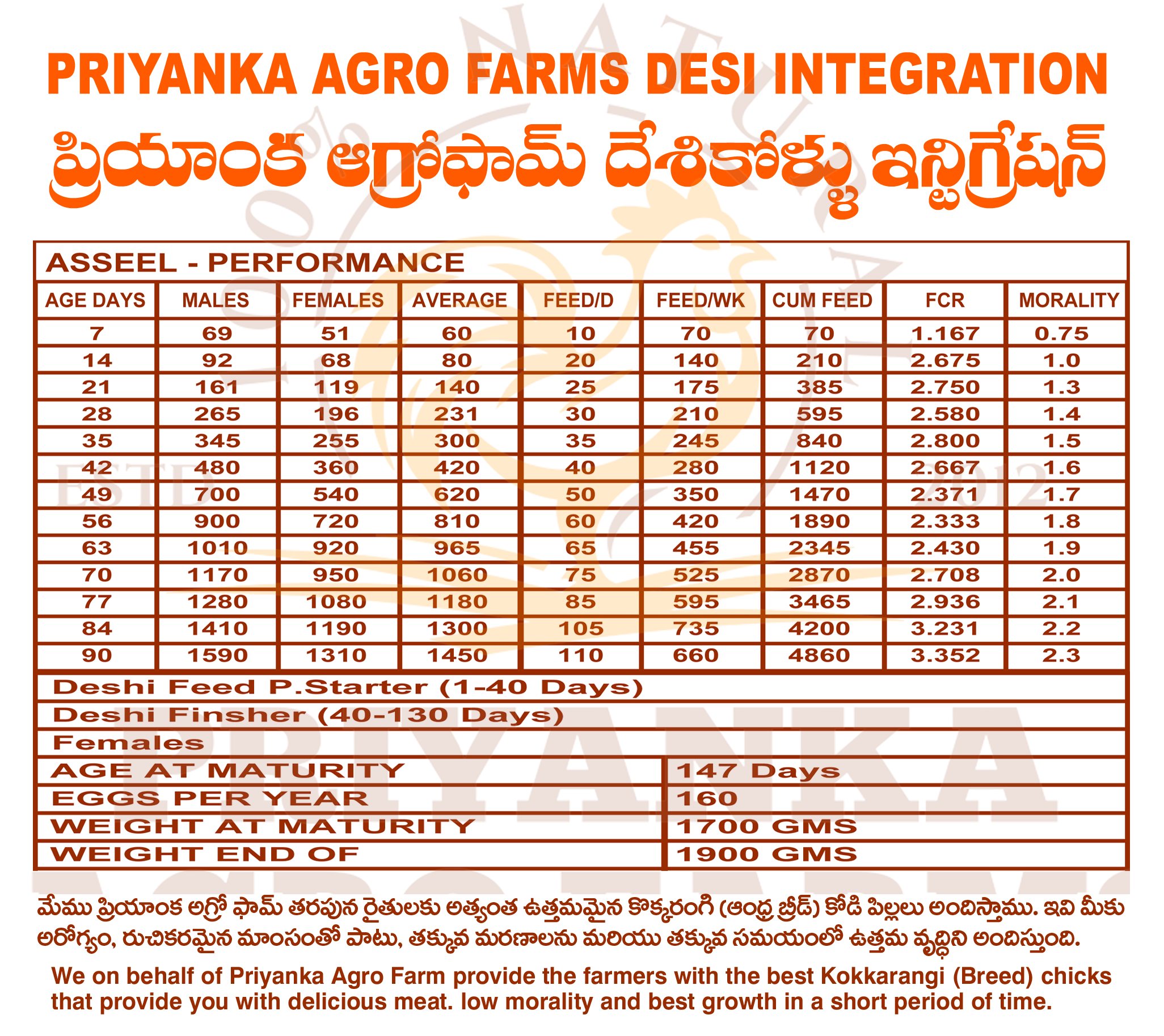ASEEL BIRDS
Assel Chicken
The connection between the word’s meaning, “Pure” or “Thoroughbred,” and the characteristics of the Aseel game fowl breed is notable.
Gamefowl, including the Aseel breed, has a long history and is often associated with traditional practices such as cockfighting. The Aseel breed is known for its strength, courage, and fighting abilities. The fact that it might be around 3,500 years old speaks to its enduring popularity and the cultural importance of these birds in various regions.
History of Aseel Chicken:
The fact that the Aseel is considered one of the oldest breeds of fighting cock and is distributed across the Indian subcontinent, including India, Pakistan, Bangladesh, and Sri Lanka, emphasizes its longstanding cultural and historical importance. The word “Aseel” meaning “purebred” in Arabic reflects the breed’s reputation for purity and selectiveness in breeding.
It’s intriguing to see how the Aseel breed has expanded its presence globally, reaching countries like Australia, Guatemala, Honduras, Ireland, Luxembourg, the United Kingdom, the United States, and Uruguay. The mention of the Aseel bantam and its history, including the efforts to recreate it in the late nineteenth century and later in the 1980s, adds an interesting dimension to the breed’s story.
The conservation status of the Aseel breed, as reported by the FAO and other organizations, provides valuable insights into the ongoing efforts to preserve and protect this culturally significant chicken breed.
Characteristics
Aseel chickens come in numerous varieties, including Amroha, Bhaingam, Kilimooku, Kulang, Lasani, Madras, Mianwali, Reza, and Sindhi breeds.
Uses of Aseel Chicken:
The fact that Aseel hens are known to sit well suggests a natural inclination towards broodiness, which is essential for the propagation of the breed. The relatively lower annual egg production, around 70 eggs per year, and the variation in egg color and weight are additional details that contribute to the overall understanding of this breed.
It’s interesting to note how these traits are shaped by the historical uses and breeding priorities of the Asil, emphasizing qualities related to fighting abilities, physical strength, and the preservation of the breed rather than high egg production.

Video
FAQ's
Aseel chickens are known for their distinctive meat qualities, including a high muscle-to-bone ratio and leanness. The slow growth of this breed can contribute to the development of a well-textured and flavorful meat. The preference for Asil chickens in meat production can be attributed to these qualities, making them desirable for those seeking a specific taste and texture in poultry.
It’s interesting to observe how the utilization of certain chicken breeds can vary based on cultural practices, legal considerations, and individual preferences in different regions.
The Aseel’s appearance reflects its historical role as a gamefowl. The breed’s weight and muscle structure contribute to its strength and fighting abilities, which have been prized in various regions where cockfighting has been a traditional practice.
While the focus on Aseel chickens for cockfighting is significant in some cultures, it’s also interesting to note that, as mentioned earlier, in regions where such activities are restricted or banned, Aseel chickens may be raised for their meat due to their unique meat qualities.
The intersection of culture, history, and the breeding of specific chicken breeds provides insights into the diverse roles that animals can play in different societies.
The variety in colors you mentioned adds to the visual appeal of the breed. The different color varieties such as Reza (light red), Teekar (brown), Chitta (black and white silver), Kagar (black), and Peela (golden-red) showcase the diversity within the Aseel breed.
The naming conventions for the color variations also reflect the rich cultural and regional aspects associated with the breed. It’s fascinating how different communities have developed distinct preferences for certain traits and colors in their gamefowl.
